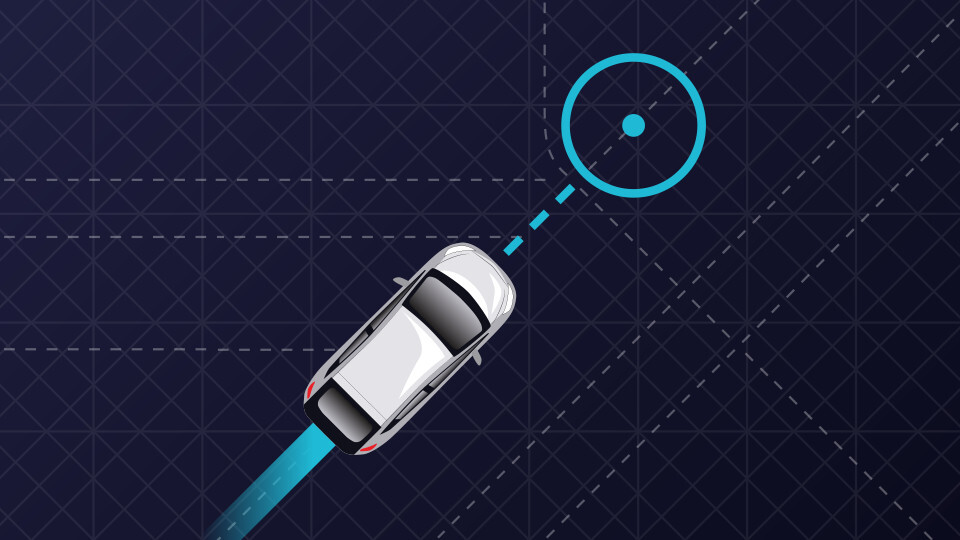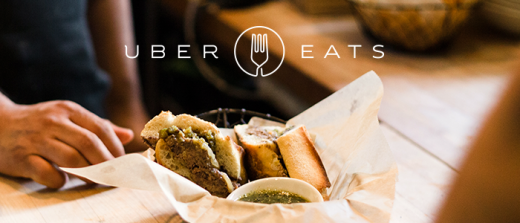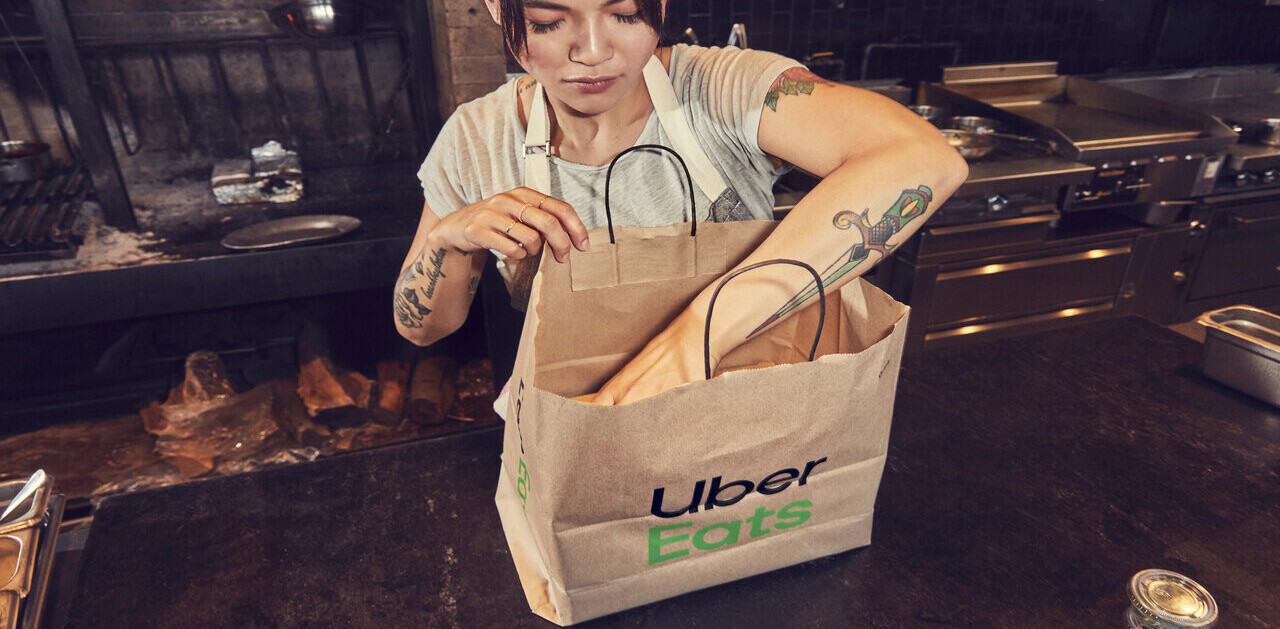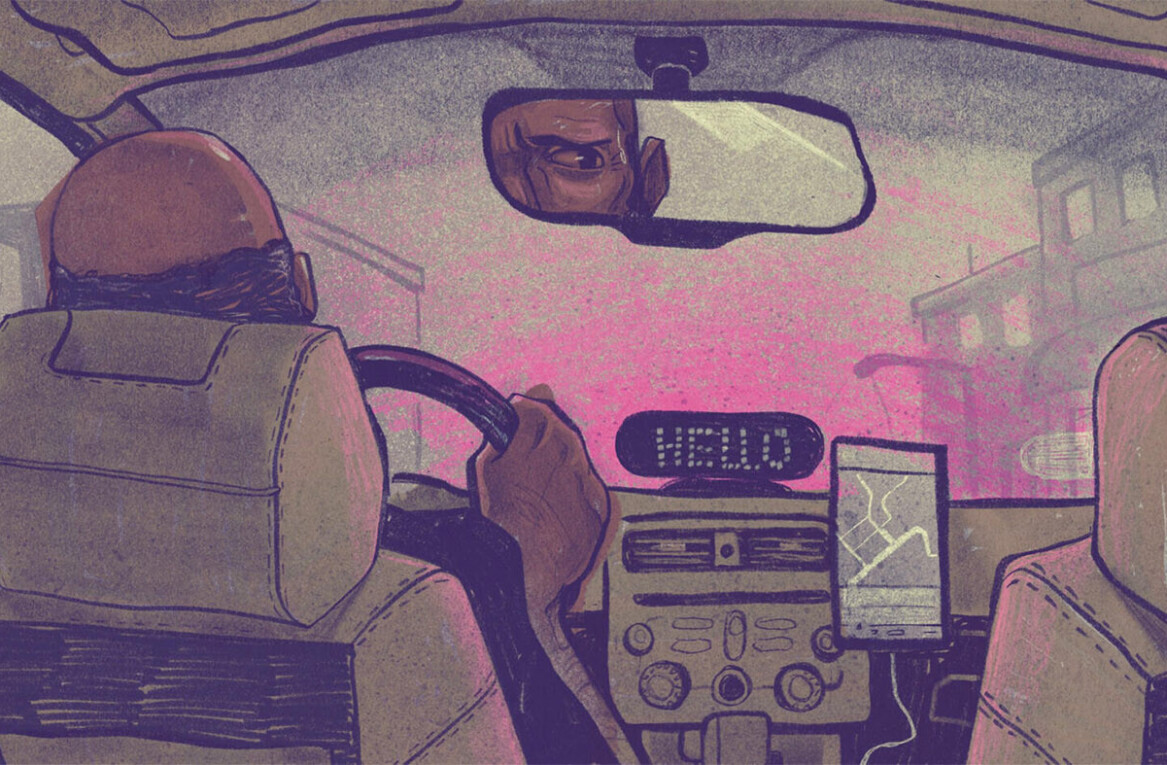
From where I am right now, in a southward neighborhood of San Francisco, I can order practically anything from my phone to be delivered to my house at nearly any time of day.
Groceries? Absolutely. Ramen? Sure. Laundry Service? Why not. Postal Service? Yes. Flowers? Within the hour. Booze? Glad you asked.
But all of these companies need someone to physically come to my house, either with goods in hand or able to pick up and deliver what I need to get done. That requires someone with free time and a car. It’s a resource that, especially in this city, has become scarce: there are only so many drivers in this city participating in the so-called “gig-economy” and supply is unlikely to match demand.
That’s why a recent report from Re/code regarding driving service Uber’s potential exploration into partnering with these sorts of delivery services is so interesting.
Uber has what these startups really need: drivers. And it seems the multi-billion dollar business is considering it.
Uber has never been a stranger to delivery. Although people likely associate non-driver services with “surprise and delight” — offering free ice cream, kittens, and other goodies for limited time offers — Uber offers UberEATS in cities like San Francisco, Los Angeles, New York and Toronto with the promise (at least in my city) of food delivery in under 10 minutes. It’s also done limited partnerships with companies like the high-end Gilt Groupe with UberRUSH.

But in turning its attention to the on-demand landscape and recognizing the value of its driver fleet, Uber has the opportunity to distinguish itself even further from its peers to turn into a full-blown on-demand logistics company.
Uber’s ability to capitalize this really relies on two things: the vast wealth of drivers it has accumulated over the last few years, and its vetting system designed to verify those drivers’ aptitude. Now, the latter could easily be called into question, given the lawsuits currently levied against it due to the company’s refusal to include fingerprinting in its vetting procedure.
However, it already has that system in place: if you’re the CEO of seed-level on-demand startup with a few million at your back, figuring out the process for developing your own driver fleet can be costly in both time and money. Uber can theoretically offer its driver base to a company for a percent of a percent of commission, or offer licensing partnership for a few years. Either way, money is made and startups can pursue a cheap option if they can stomach doing business with the big fish in the pond.
It’s a significant power play for Uber. It could essentially take up the cottage industry of driver placement for on-demand companies and cement itself as a major force in the delivery game.
Of course, that’s only if it chooses to do so. Re/code said that Uber has engaged in talks with companies but no deals are cemented — Uber, for its part, indicated that it’s focused on growing its own UberEATS product and sees that as a priority.
But it’s a hint of what’s to come. Drivers are a scarce resource — the company with the biggest fleet stands to reap the biggest benefit.
➤ On-Demand Companies Consider Outsourcing Delivery With Uber [Re/code]
Get the TNW newsletter
Get the most important tech news in your inbox each week.





